
In this module, we’ll offer a high-level overview of what blockchain is (and isn’t), how it works, and why it is such an exciting technology for business applications. Blockchain technologies are thought to have great potential to transform many key economic sectors, including energy, agriculture, supply chain management, transport and financial services. For example, Gartner forecasts that the business value generated by blockchain will reach $3.1 trillion by 2030, through cost reductions and revenue growth.
Blockchain represents a completely new way of doing business. As such, it can be difficult to grasp, particularly for non-technical audiences such as business leaders and regulators. However, in many industries, understanding blockchain may be the key to long-term success.
With this in mind, GuildOne is pleased to present the GuildOne Blockchain Digest, a series of brief articles that are intended to provide a basic understanding of blockchain technologies for non-technical audiences. We hope that this series will provide readers with a good introduction to basic concepts, such as:
- What blockchain is
- How blockchain works
- The various types of blockchain platforms
- What business problems blockchain solves
- What industries and activities blockchain is particularly applicable to
- What business transactions blockchain can be applied to
In this module, we’ll offer a high-level overview of what blockchain is (and isn’t), how it works, and why it is such an exciting technology for business applications.
So, what is blockchain?
Simply put, blockchain is a shared, open, cryptographically secured distributed ledger. All members of a network who have permission to do so can view transactions that take place on the ledger. It can also include smart contracts, which can automatically trigger transactions upon the fulfillment of agreed-upon terms and record those transactions on the ledger.
Importantly, no party can make a change to the ledger without the knowledge and consent of all permitted parties. Further, all changes are visible to all authorized users and must be accepted or approved by all members to be valid. The reasons for this will be explained further in the next section.
Distributed Ledger
A distributed ledger is a consensualized ledger that is shared across a network of participating computers (or nodes) that allows for synchronous management of transactional records across the network.

Why is it called blockchain?
Generally speaking, a blockchain is a ledger that is distributed across a network of participating computers (or nodes). The ledger contains a series, or chain, of blocks of data, that represent the history of transactions between two or more parties, such as the terms and details of transactions. In order for a transaction to take place, a change to the ledger is proposed by one party, either to the network or to another party, depending on the platform (we’ll discuss the different blockchain platforms in an upcoming installment). If the network or the second party accepts the transaction, a new block, is created and the previous one is archived.
Each block is identified by a unique identifier known as a hash. A hash is created when a cryptographic hash function takes data and essentially translates it into a string of letters and numbers. This hash is unique to one specific block of data. If any of the contents of the ledger are changed, a completely new hash is created, thereby alerting members of the network to the change. This ensures the security and integrity of the ledger.
If the appropriate members of the network do not accept the proposed change, the new block is rejected. If it is approved, the new block is added to the previous one. The new block is linked to the previous one by the inclusion of the previous block’s hash number, which allows any member of the network to sequentially trace the history of the chain. Over time, this creates a chain of blocks that represent the transactional history.
Business Problems Blockchain Addresses
In traditional transactions, counterparties keep their own data on privately held ledgers. Neither party is able to view the other’s data, so the information on which transactions are based may differ. This can lead to disputes over the data. Further, the parties may disagree on the interpretation of contractual terms related to the transaction. These disputes can lead to costly delays, entail time-consuming reconciliation, and damage important commercial relationships.
These are significant and costly friction points. To overcome them, transactions need to be based on data and agreements that are visible to both parties, and that are agreed upon before the transaction, or consensualized (more on that in the next installment in this series). Blockchain technologies can provide that clarity.
Blockchain ≠ Bitcoin
Blockchain is subject to many myths and misconceptions, possibly because it is still an emerging technology. Foremost amongst these is that people often think of blockchain and Bitcoin as being the same thing. It is more accurate to say that Bitcoin was the first and best known use case of blockchain.
Bitcoin was developed in 2009 by a person or group known as Satoshi Nakamoto. Announced in a widely read white paper (see Recommended Reading below), it was developed to solve the so-called “double-spend” problem of cryptocurrencies, in which a coin could be used more than once, which obviously creates major issues for the integrity of the currency system. As we shall see, blockchain technologies have since evolved to a much wider range of applications than crypto-currencies, including many that are currently emerging for business applications.

In the next module of GuildOne’s Blockchain Digest…
Now that we’ve established a basic understanding of blockchain technologies, in the next module of GuildOne’s Blockchain Digest, we’ll look at some of the key terms you’ll need to understand when discussing blockchain. We’ll also look at some of the traits of blockchain that have many people so excited about its transformative potential.
Recommended Readings / Resources
Feedback
Please tell us what you thought about this module and the Blockchain Digest by filling out a short survey here.





































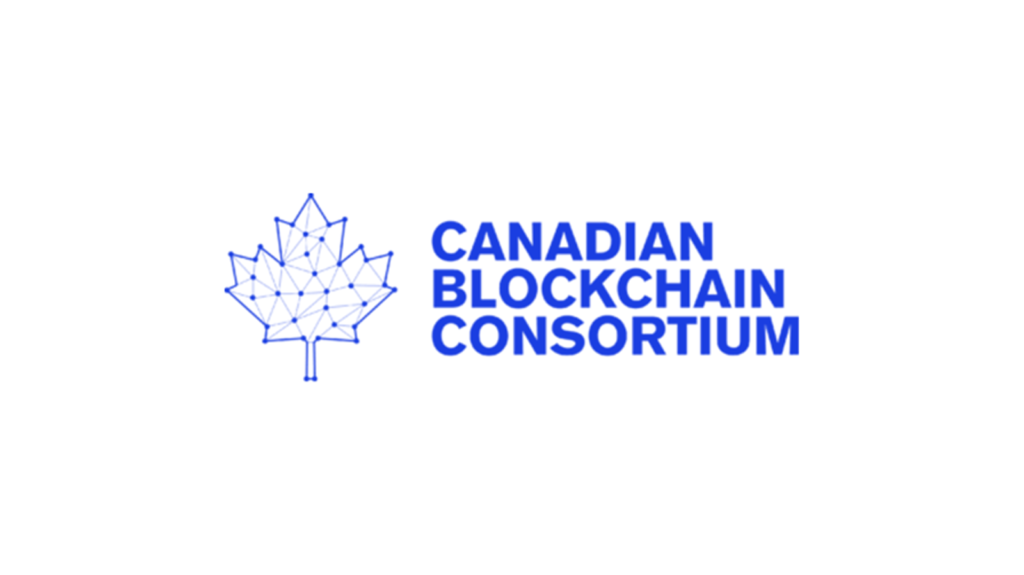






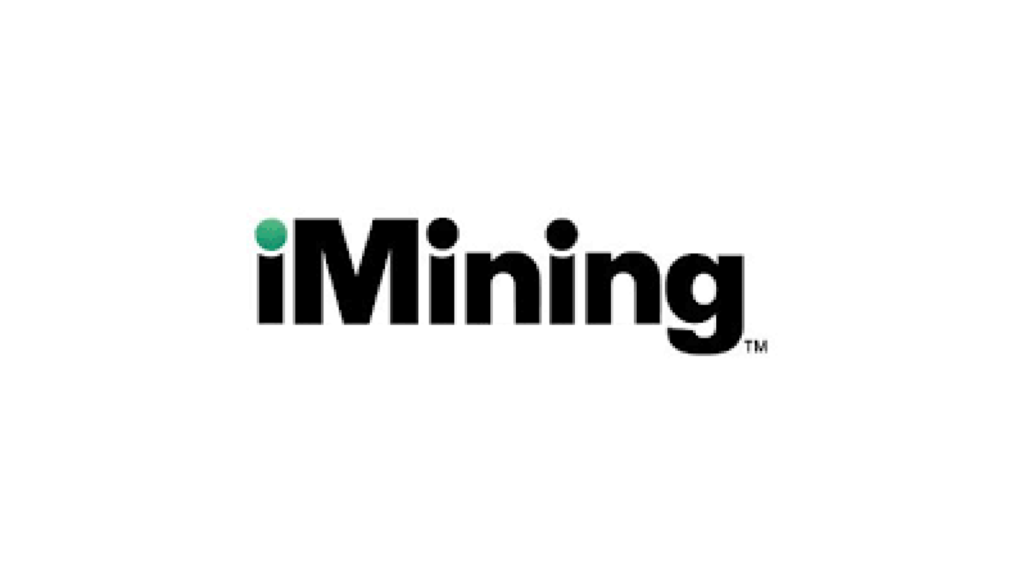


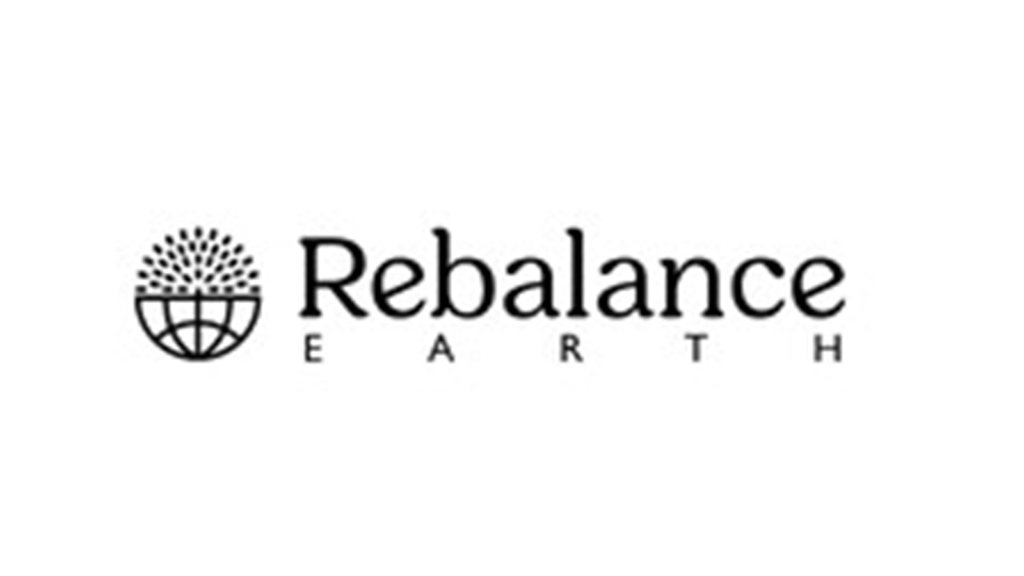







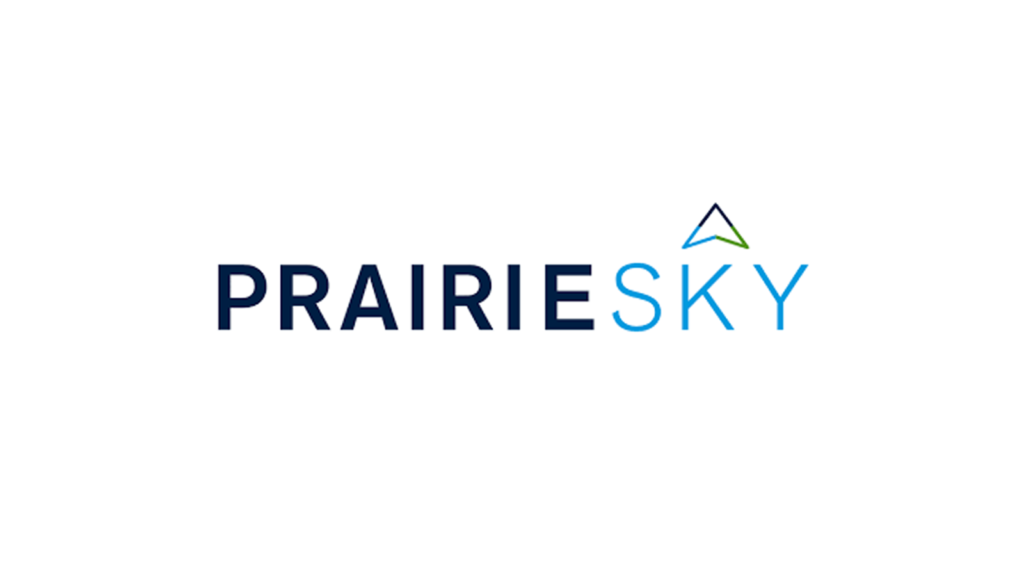



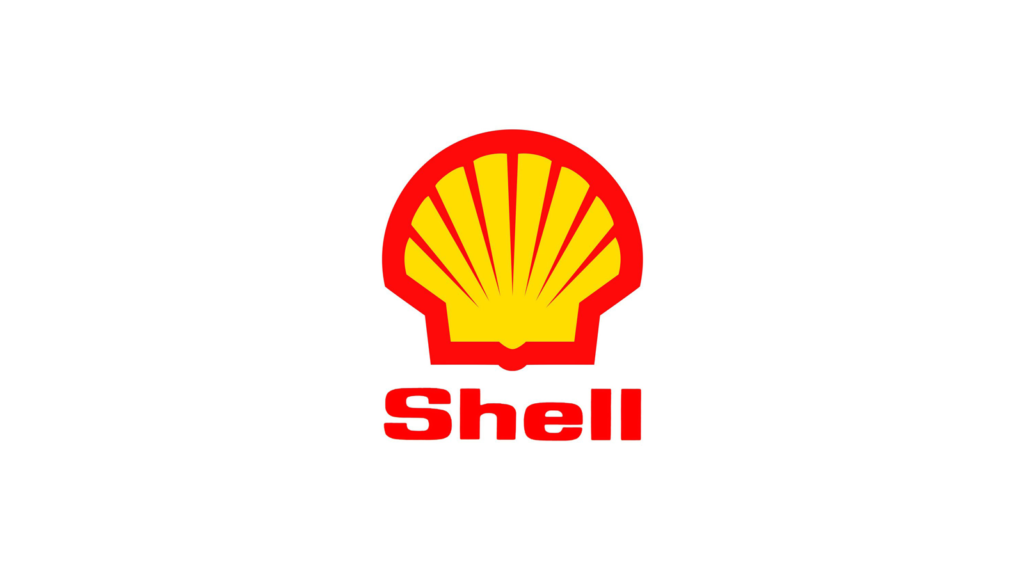
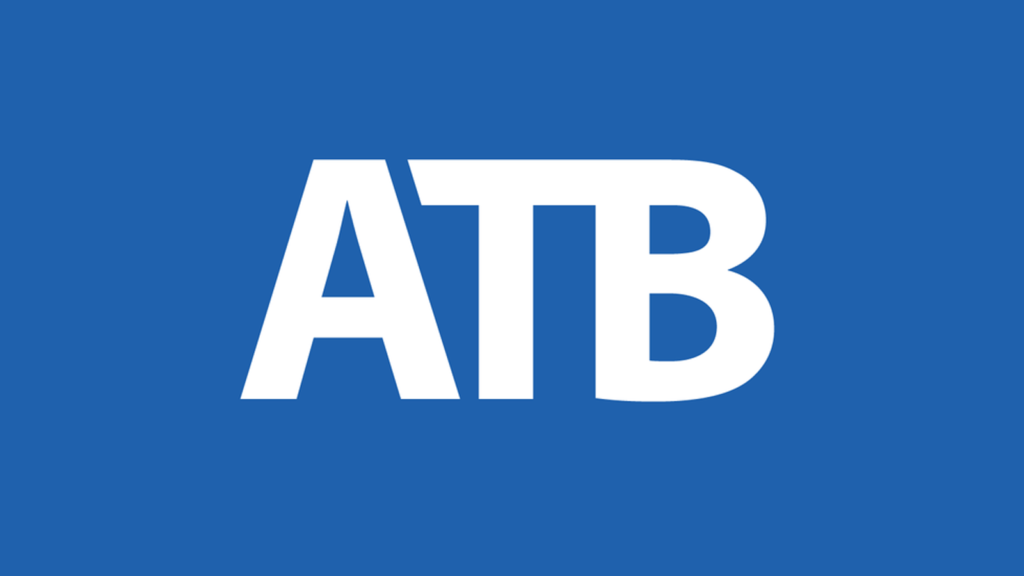
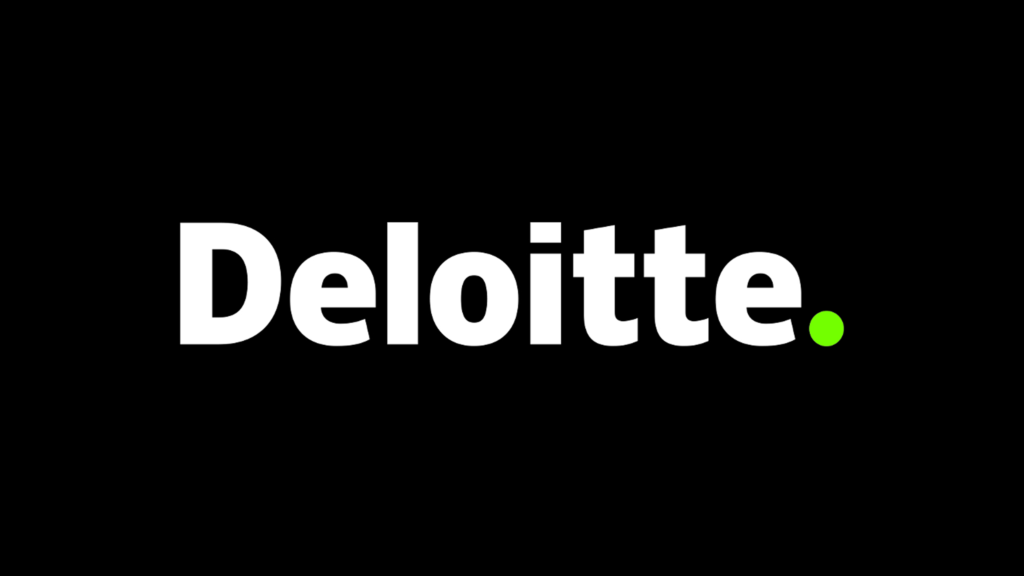





You must be logged in to post a comment.